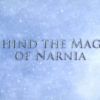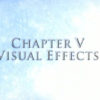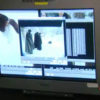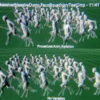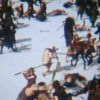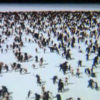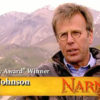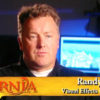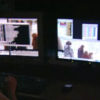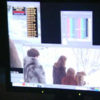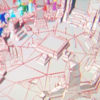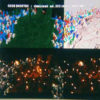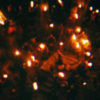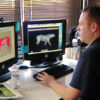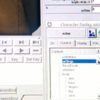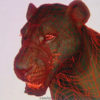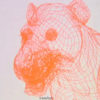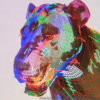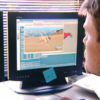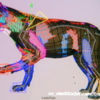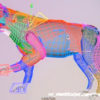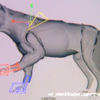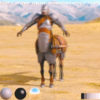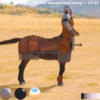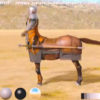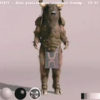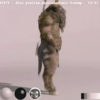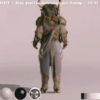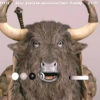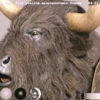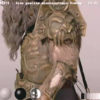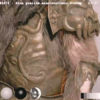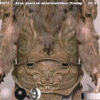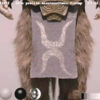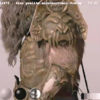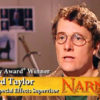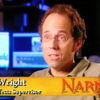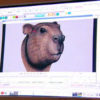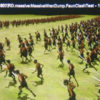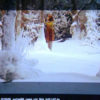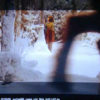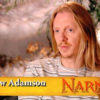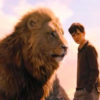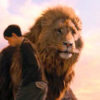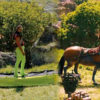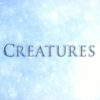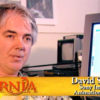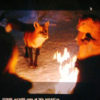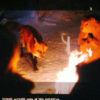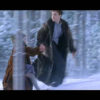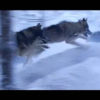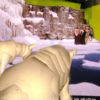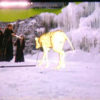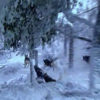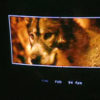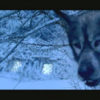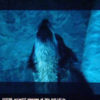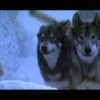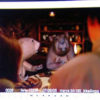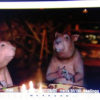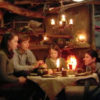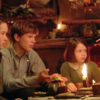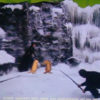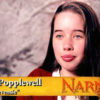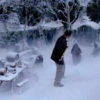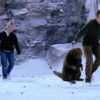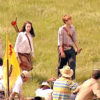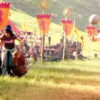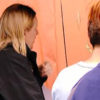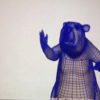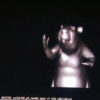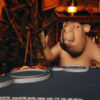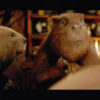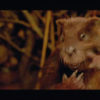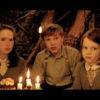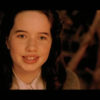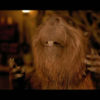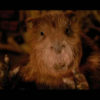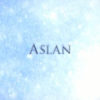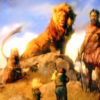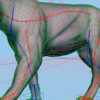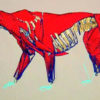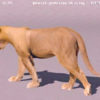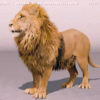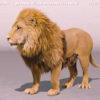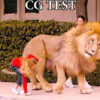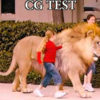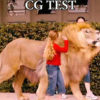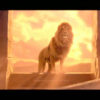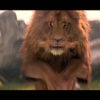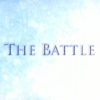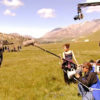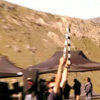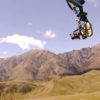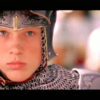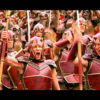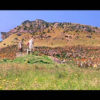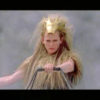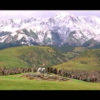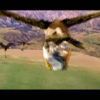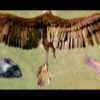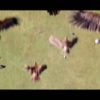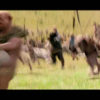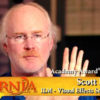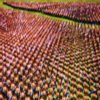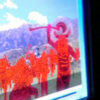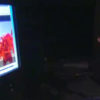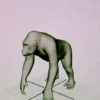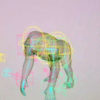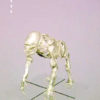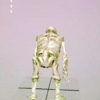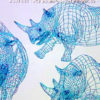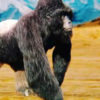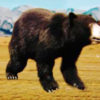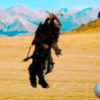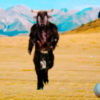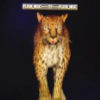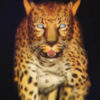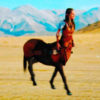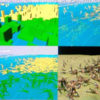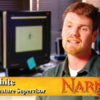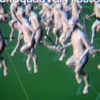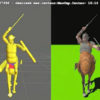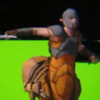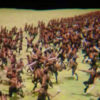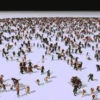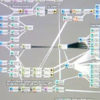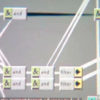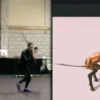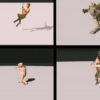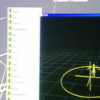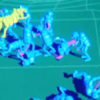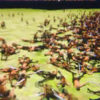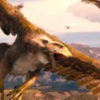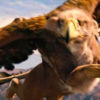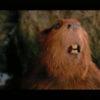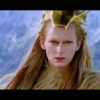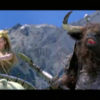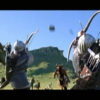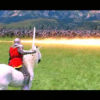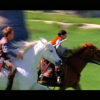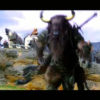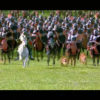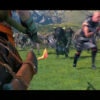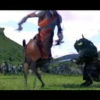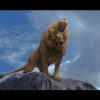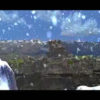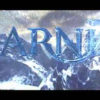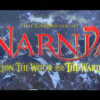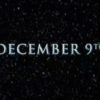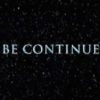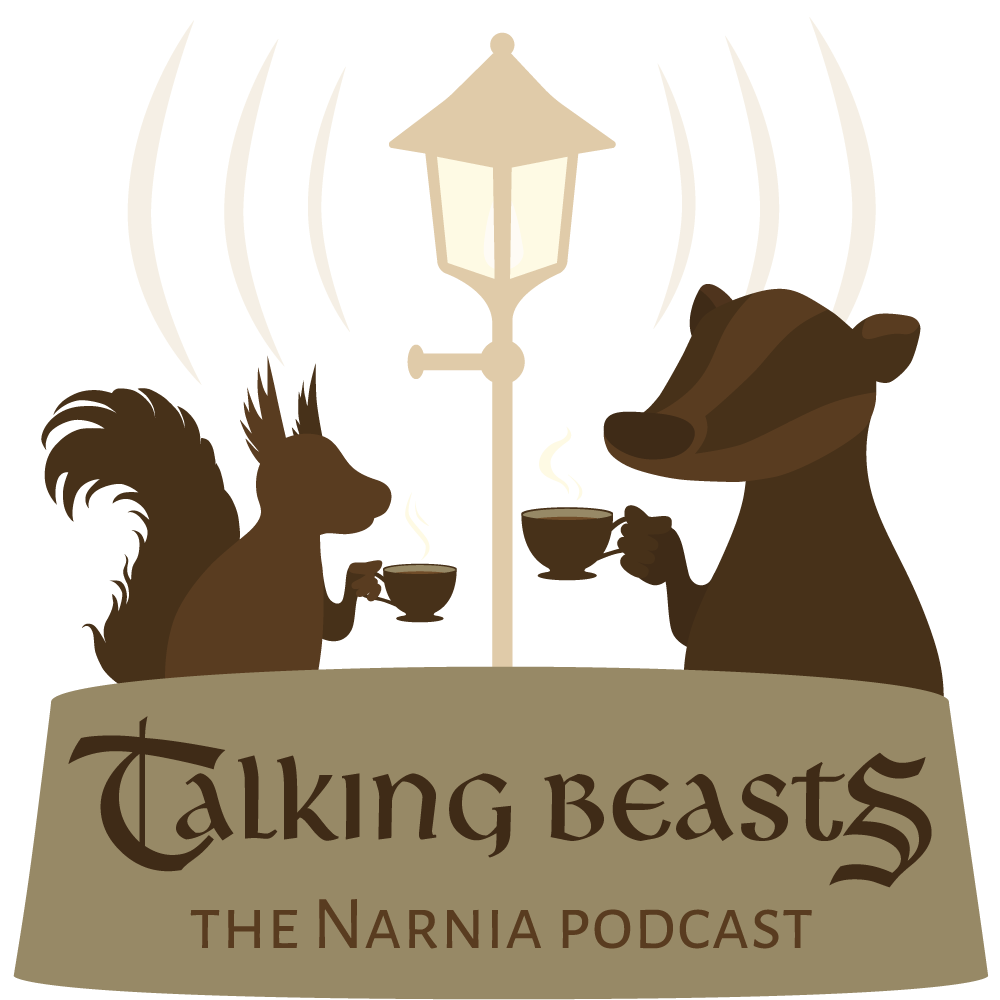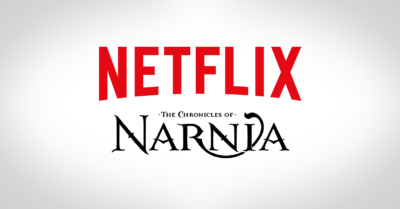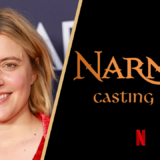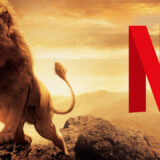New Video Chapter V: Visual Effects
Moviefone released the latest featurette this morning. In this featurette there are shots of creating the beavers, the wolves, clips of the battle, and it even shows Aslan himself. You can go and see this feature at Moviefone.com. We will have the screenshots up for you as soon as possible.
Update: We now have the link to a downloadable version. Visit our trailer page for these links.
Also, we have 159 images from the low resolution version in our Image Gallery. You can see them below.
We also have the transcript of the featurette, thanks to NarniaWeb staff member Coraline.
Behind the Magic of Narnia
Chapter V: Visual Effects
Mark Johnson (Producer): Well, this is a huge visual effects film. Certainly the largest I’ve done, and one of the largest ever made.
Randy Starr (Visual Effects Producer): By the end of the day, we’ll probably be over 1400 visual effects shots. We have three of the largest visual effects companies in the world working on this film, sometimes on the same shot. For the first time. And, we never had that chance before.
Richard Taylor (Weta – Special Effects Supervisor): Where the challenge came, was actually trying to refine these mythological creatures into something that works well on screen.
Dean Wright (Visual Effects Supervisor): Literally half the cast on this film will be populated by characters that were either entirely created on the computer or half of them will be created on the computer.
Andrew Adamson (Director): You couldn’t have made this film 5 years ago. You couldn’t have done a completely photorealistic lion 5 years ago. You couldn’t have joined completely photoreal legs onto a human body 5 years ago. This is the right time to be making the film.
Creatures
David Schaub (Sony ImageWorks Animation Director): What we’re taking care of on this show is the Beavers, the wolves, and the Fox. The Fox, in the movie, is a fully CG fox. The wolves are sort of mixed live action with CG. Some of the trickier elements are mixing live action wolves in the same pack with the CG wolves – put in the same world and making them look completely believable, because, of course, that’s the trick.
Dean Wright: There’s a huge amount of pressure on the visual effects side to deliver creatures that you believe are actually in the scene and acting alongside our real cast.
Anna Popplewell (Susan): There’s a side of acting – all this kind of playmaking, and when we’re acting to our ping-pong balls and our various models and stuffed toys, it’s still just being make-believe and you just totally immerse yourself in the situation.
Andrew Adamson: “And Cut.”
David Shaub: The challenge is really to bring it home as absolutely believable characters on the screen.
Mr. Beaver: “Aslan’s return, Tumnus’ arrest, the secret police… it’s all happening because of you!”
Susan: “You’re blaming us.”
Mr. Beaver: “There’s… there’s a prophecy.”
Aslan
Bill Westenhofer (Rhythm and Hues, Visual Effects Supervisor): One of the biggest things we had to figure out was how we were going to make a CG lion that really lives up to what everyone is expecting of Aslan.
Andrew Adamson: When you see Aslan, you should be as terrified of him as you would be a real lion, you should be as attracted to him as you know, wanting to pet a real lion. So to me, the animation first has to have this sense of weight, a believability that doesn’t look like animation.
Mark Johnson: You want an audience to look at it and say, “How in the world did they put a, y’know, an eight year old girl in the same scene with a lion.”
Randy Starr: Aslan’s been two years in the making, and he’s now making it to screen. It is a great achievement. There really is no doubt.
The Battle
Guy on megaphone: Little bit of movement out there, guys.
Randy Starr: We are endeavoring to make two armies, made up of 5000 characters in one, and 15000 characters in the other.
Scott Farrar (ILM, Visual Effects Supervisor): The order of business for a shot typically is build the background first, and do layers as you get closer and closer to the camera. We receive film, either Sony or Rhythm and Hues, and we put layers of people in or creatures after they have. Conversely, we’re sending things to each house, so it’s a round robin of all three in this situation. It’s got to work.
Jeff White (ILM, Creature Supervisor): What you do is, you build libraries as much as possible. So, we might have a library of running cheetahs or walking centaurs. And then we build those libraries on disc, and then you can load those in and sort of distribute them. That’s one thing the computer’s really good at doing, is replicating one thing many, many times.
Randy Starr: So getting computer generated characters to fight each other, and then Rhythm and Hues is adding that extra added thing of being able to add thousands of characters fighting in the background, using a piece of software called Massive which was used on “Lord of the Rings.”
Dean Wright: It’s an artificial intelligence program that can take actions that have been captured and they create these brains for each one of the characters, and they’re all different. They all move different and act different.
Bill Westenhofer: We now have the ability to create digital creatures that have their own intelligence. you get emergent intelligent behavior in a real battle just unfolding before your eyes. It’s almost like we’re watching it happen, rather than carefully directing it.
Randy Starr: Our striving everyday is to try to make what we have seen in our imagination come to life.
Standard closing credits, with voice over: “The Chronicles of Narnia: The Lion, the Witch, and the Wardrobe.”
Special thanks to NarniaWebber alora-lindea for the story, and to NarniaWebber fenris ulf for the downloadable link.

